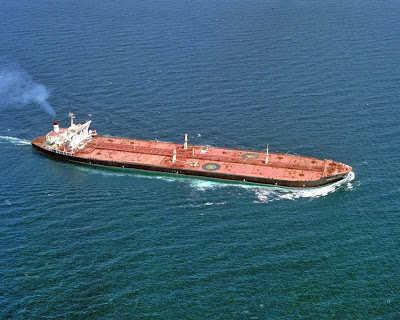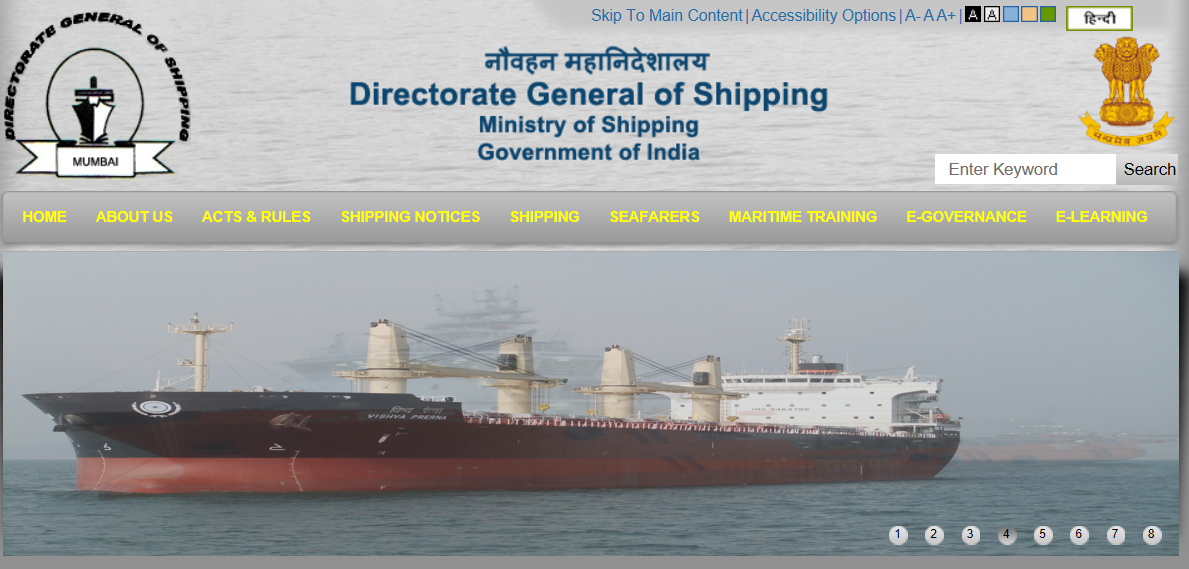Learn about center of gravity of ship and how does it changes when there is a movement of mass on the ship.
Concept of Center of Gravity
COG of an object is the point at which the whole weight of the object may be regarded as acting. If this object is suspended from COG, then it will remain balanced and will not tilt. Just imagine those non falling inflatable dolls that never fall even if you punch them. Because the COG is concentrated at the very bottom, so object has high tendency to come back to its original position.
The distance of the COG from any axis is the total moment of force about that axis divided by the total force. Force is represented by weight as the body may be made of different Material
MOMENT OF WEIGHT ABOUT AXIS C.G. from axis =
…………………………………………………………………
TOTAL WEIGHT MOMENT OF MASS ABOUT AXIS C.G. from axis =
TOTAL MASS (Weight is presented by mass as ‘g’ is constant at any point on earth’s surface)
Moment of Volume About Axis C.G. from axis =
——————————————————
Total Volume(If the body is of same material throughout)
Point to be noted here:
Position of the C.G may be found by taking the moments of individual masses when the ship is in initial design stages, but the results are confirmed by finding the C.G practically by doing the inclining experiment when the ship is completed & in light weight condition. A special instrument called as Stablilograph is used these days to find it. Thus we have center of gravity, then we can calculate GM as well.
Once the C.G. position of the light ship is known, C.G. position of loaded ship may be calculated by knowing the masses of the cargo & their position.
Vcg (vertical position of center of gravity): this is the position of the C.G. of
the ship above the keel & this distance is denoted by ‘KG’.
LCG (longitudinal position of center of gravity):
This is the position of center of gravity forward or aft of the midships. The height of the COG of an item on the ship above the keel is denoted by ‘KG’.
Shift in Position of C.G. Due to Addition of Mass
When a mass is added to a ship, the COG of ship moves towards the position of the added mass. The actual distance moved by the center of gravity depends upon
ü The magnitude of the added mass.
ü The distance of mass from the ship’s center of gravity.
ü Displacement of ship.
For example: if a mass is placed on port side of the ship in the forecastle, the C.G. will move forward, upwards & to the port. When a mass which is already on board ship is moved in any direction, there is a corresponding movement in the center of gravity of the ship in the same direction.
Shift in C.G Due to Movement of Mass
Mass moved x distance moved =
…………………………………………………………………..(1)
Total mass
Point to be noted: The center of gravity of the ship moves in the same direction as the center of gravity of mass. Thus if mass is moved forward & down, the center of gravity of ship also moves forward & down.
Effect of Suspended Mass on Ship’s Stability or C.G
The position of the COG of a hanging mass, relative to ship is always at the point of suspension irrespective of the heeling movement of the ship.
For Example: When a mass lying on the Deck is being discharged by a derrick, as soon as the mass is clear of the Deck, its center of gravity is raised to the derrick or crane head, thus causing the equivalent rise in the center of gravity of the ship. If the mass is advance raised to the extreme height, which is to the crane or derrick head, there will be no further change in the COG of ship.
So this was all from this article related to COG and how it can change.




Thanks Very Much for this article. Very helpful for my Final Thesis.